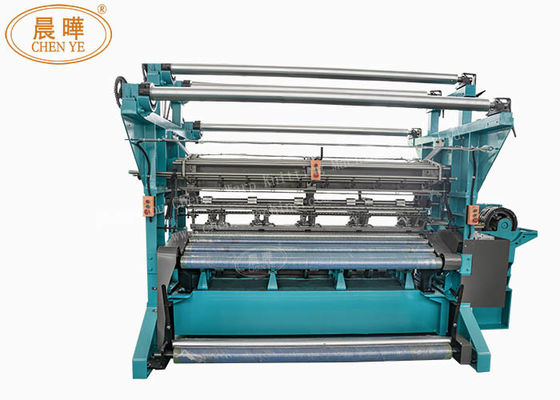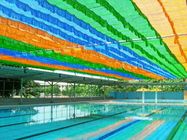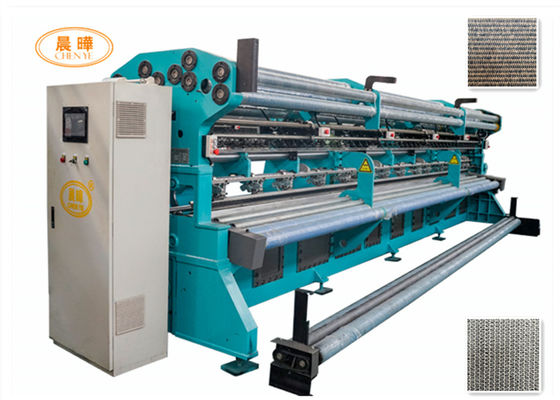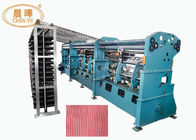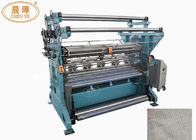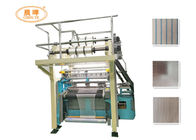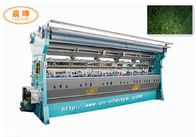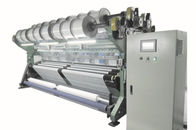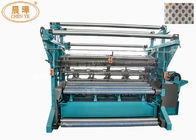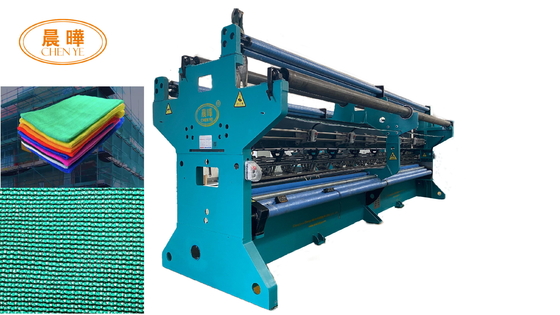Different Materials for Shade Netting
The new tests can determine whether it is possible to reduce air and leaf temperature by using diffuser shade nets, improve crop quality by using metal alumina shade, and also show that new light diffusion, and the material of the shade net makes a big difference .
The temperature test of the shade net material shows that even if the shade level of the black net is high, the heat load in the greenhouse will be about 60% higher if the black net is used compared to the ordinary one. Therefore, by using a white screen with high reflectivity, the temperature inside the greenhouse can be lowered.
While diffuse light provided a better environment, which in turn had an impact on crop quality and consistency, the average and peak temperatures were significantly lower throughout the test period. Lower temperatures may result in less water usage and create a more comfortable environment to work in.
Research has shown that diffused white high reflector material provides a cooler climate compared to black shade nets, due to the fact that a white screen has a higher shade rate than a black with the same PAR transmittance.
When solar radiation hits a sunshade, some of the radiation is reflected back into the atmosphere, part of the radiation is absorbed by matter and part of the radiation is absorbed through the screen, propagating net into the greenhouse. How much solar radiation is reflected, absorbed or emitted depends on the material used for the shade, net properties, both reflection and transmission and absorption are 100%.
Due to the white highly reflective film, a white screen reflects most of the solar radiation. The shade net material if it is a black net, on the other hand, absorbs most of the solar radiation. This means, black shades will get a higher temperature. Both the white screen and the black shade, net absorbed radiation and then radiate heat to the surrounding environment.


 Your message must be between 20-3,000 characters!
Your message must be between 20-3,000 characters! Please check your E-mail!
Please check your E-mail!  Your message must be between 20-3,000 characters!
Your message must be between 20-3,000 characters! Please check your E-mail!
Please check your E-mail! 
